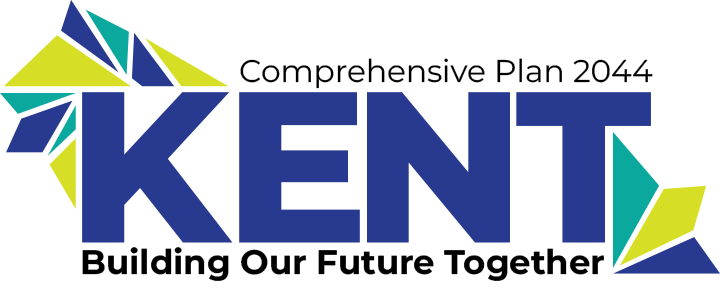
Kent Comprehensive Plan
The City of Kent has spent the last two years actively working with the community through workshops, pop-up events, surveys, and other outreach to get your thoughts and priorities for the future of Kent. Your concerns, ideas, and recommendations have been used to shape this plan. As we move closer to the required adoption date at the end of the year, we need your help again. This time we need your feedback on the draft plan, the goals, and policies that is the roadmap for our decision makers for the next 20 years.
Comments
Close